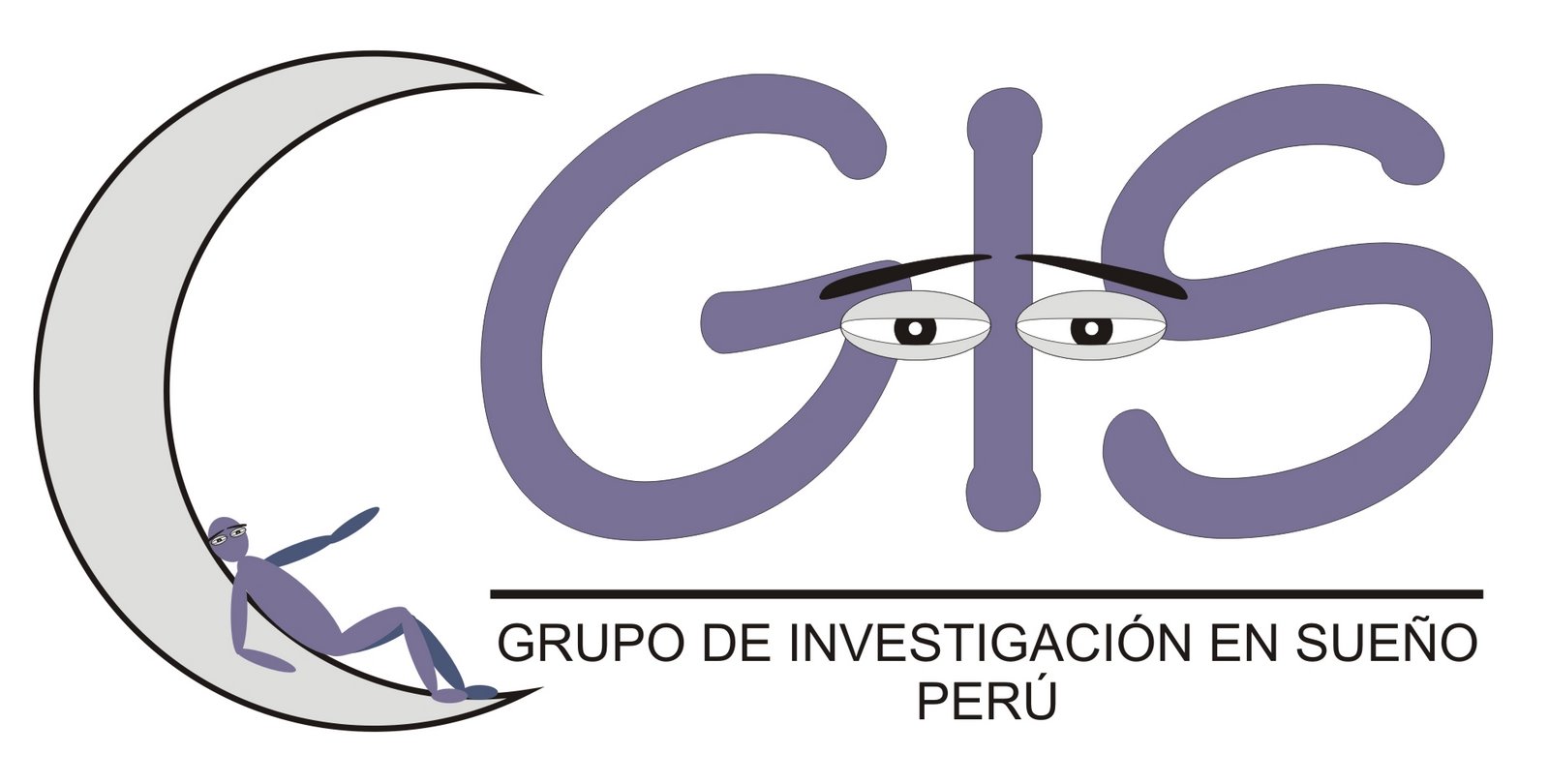Much of our sleep patterns – feeling sleepy at night and awake during the day – are regulated by light and darkness. Light is the most powerful regulator of our biological clock. So what happens if you get too much light at night? According to EurekAlert, a recent study at Ohio State University looked at mice housed in a lighted room for 24 hours a day and mice housed in a room with a normal light-dark cycle. The study found that mice exposed to 24-hour light exhibited more symptoms of depression than the other mice. Researchers believe the results of the study, which was presented at the Oct. 21 annual meeting of the Society for Neuroscience, show that more research should be conducted on the effect of artificial light on people. "The increasing rate of depressive disorders in humans corresponds with the increasing use of light at night in modern society," study co-author Randy Nelson, a professor of neuroscience and psychology at Ohio State University, told EurekAlert. "Many people are now exposed to unnatural light cycles, and that may have real consequences for our health."
(National Sleep Foundation. October 23, 2009.)
Link to article
miércoles, 28 de octubre de 2009
Too Much Light at Night May Cause Depression
viernes, 23 de octubre de 2009
What is the Purpose of Sleep?
If you enjoy pondering life's many mysteries, here's a good one: Why do we sleep? You know you need sleep, because that's what your body tells you. But what does sleep actually do? "There are as many theories of sleep's functions as there are sleep researchers," Mehdi Tafti, a geneticist at the University of Lausanne in Switzerland, says in a recent ScienceNews article. The article focuses on recent sleep studies that try to explain the purpose behind sleep, from its effect on metabolism to the role it plays in memory and learning. Whatever your theory is — and there are a lot out there — it's hard to deny the benefits of a good night's sleep.
(National Sleep Foundation. October 16, 2009.)
Link to abstract
miércoles, 7 de octubre de 2009
Sleep Deprivation, Alcohol Use Have Greater Deleterious Effects on Driving Ability in Patients with Sleep Apnea
Patients with obstructive sleep apnea (OSA) are more likely to experience simulated car crashes after partial sleep deprivation or low alcohol consumption compared with people without apnea, according to a driving simulator study in Annals of Internal Medicine.
Nearly 40 patients with OSA and 20 controls underwent a 90-minute driving task under three conditions: unrestricted sleep, partial sleep restriction (maximum 4 hours' sleep on 1 night), and low-dose alcohol consumption (blood alcohol target, 0.05 g/dL).
Patients with OSA had greater steering deviation under all three conditions than did controls. OSA patients were also more likely to have crashes — 10% after unrestricted sleep, 21% after alcohol consumption, and 32% after sleep deprivation (only one control had a crash).
The authors conclude that "it may be advisable" for patients with OSA "to avoid even legal doses of alcohol or sleep restriction before driving or performing other tasks in which safety is a factor."
(Annals of Internal Medicine. 06 October 2009. Volume 151, Issue 7: Pages 447-455.)
Link to abstract
lunes, 5 de octubre de 2009
OSA More Prevalent in Patients with Severe Asthma
Researchers have found obstructive sleep apnea to be more common in patients with severe asthma compared with patients with moderate asthma, according to a recent study published in the Journal of Allergy and Clinical Immunology. Sleep apnea is a disorder in which breathing is briefly and repeatedly interrupted during sleep. The "apnea" in sleep apnea refers to a breathing pause that lasts at least ten seconds. Obstructive sleep apnea occurs when the muscles in the back of the throat fail to keep the airway open, despite efforts to breathe. The study — conducted by researchers at McGill University in Montreal, Quebec — followed 26 patients with severe asthma, 26 patients with moderate asthma and 26 control patients without asthma who were of similar age and body mass index. Patients underwent a complete overnight home polysomnography and filled out quality of life questionnaires. Using more restrictive scoring criteria, sleep apnea was found in the majority of patients with severe asthma (50 percent), while apnea was only found in 23 percent of patients with moderate asthma and 12 percent of control patients. Overall, apnea was significantly more prevalent in patients with severe asthma and more prevalent in patients with asthma compared with the control group.
(Sleep Foundation.)
Link
viernes, 2 de octubre de 2009
Weight Loss Can Improve Sleep Apnea
Obese patients with type 2 diabetes who experience obstructive sleep apnea saw an improvement in their condition after losing weight, according to a study in the Archives of Internal Medicine. Obstructive sleep apnea is a disorder in which breathing is briefly and repeatedly interrupted during sleep. The "apnea" in sleep apnea refers to a breathing pause that lasts at least 10 seconds. There are a number of factors that increase risk of sleep apnea, including being overweight. The study, conducted by the Sleep AHEAD Research Group, looked at 264 participants with type 2 diabetes and an average weight of 225 pounds. Participants were separated into two groups: one that underwent a behavioral weight loss program and another that attended three group sessions on effective diabetes management. After one year, three times as many participants in the weight loss group than the session group saw their OSA go into remission, and prevalence in the weight loss group decreased by half. Lifestyle changes are effective ways of mitigating symptoms of sleep apnea. If you are overweight, losing weight is the most important action you can take to cure your sleep apnea.
(Sleep Foundation. September 28, 2009.)
Link



